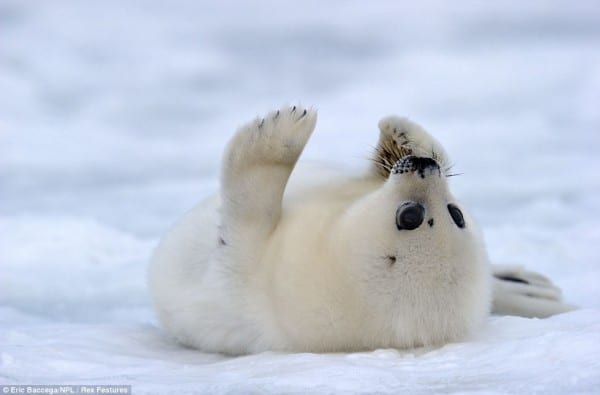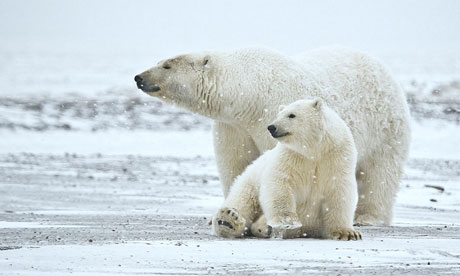Heartless kitten kicker arrested after punting cat in Brooklyn
NYC Crime
SEE IT: Helpless stray cat goes flying after being kicked by heartless creep in Brooklyn

Andre Robinson, 21, is seen laughing as he lures the unsuspecting kitty toward him before he kicks it with full force, sending it flying 20 feet through the air. Video of the vicious May 2 act was posted on Facebook and circulated for several days before cops arrested Robinson on Monday. He has eight prior arrests, including one for knifepoint robbery.
BY JOSEPH STEPANSKY , ROCCO PARASCANDOLA , MARK MORALES , GINGER ADAMS OTIS
A cat-kicking creep was busted by cops Monday after he was caught on video heartlessly booting a trusting stray — sending the animal spinning through the air before it landed behind a bush some 20 feet away.
Andre Robinson, 21, lured the cat closer to him by holding his hand out, like he wanted to feed the feline. But then he attacked it as an NFL placekicker does a ball — and celebrated as if he had made a game-winning kick. The video shows him bouncing gleefully from foot to foot in a depraved parody of an athlete’s victory dance.
With shouts of laughter from his posse, Robinson, sporting flashy red-and-white sneakers, a gray baseball cap and red sweatshirt, broke into a twisted, open-mouthed grin.
_____
Editor’s Note:
His stomach-turning display of cruelty included him waving his hands in the air as he swaggered for the camera, cackling madly while holding what appeared to be a cigarette in his left hand.
Video of the vicious attack on Friday was posted on Facebook and circulated for days before police saw it Monday, identified the location in Bedford-Stuyvesant and then Robinson himself, and tracked him down.
His mother—predictably— said: “He had to be high on something. It’s very out of his character.”
Dozens of people had written angry comments on Facebook and shared the video online in hopes someone would recognize the sicko. “This is NEVER okay to do. Please share; hopefully somebody will recognize this fool,” wrote one disgusted Facebook commenter.
An online petition included more than 2,000 signatures.
Following his arrest, Robinson’s mother, Mary Kirby, 48, defended her son and tried to explain away his actions. “He had to be high on something. It’s very out of his character,” she told the Daily News. “He had to be high to do what he did. This isn’t him.
“He loves animals. He loved his cats, he had dogs, he always loved them,” Kirby added.

Accused cat-kicker Andre Robinson, 21, was taken into custody in the 81st Precinct on Monday.
Robinson can be seen on the tape crouching and crooning as he enticed the curious cat to come to him outside 1831 Fulton St., a building in the Brevoort Houses, where he lives. The feline, gray with white feet and a tuft of white fur under his chin, moved closer and closer, sniffing at Robinson’s outstretched hand. It appeared too willing to approach a human to be feral.
As soon as the small creature was within kicking range, the brute drew back and belted the cat full-force with his right foot. According to the arrest report, the cat flew about 20 feet — and a veterinarian confirmed to cops the brutal blow likely caused serious injury.

Police were unable to say if the cat had been found. [ Update: The kitty was found and taken to a vet; he is recuperating after sustaining serious injuries.]
Cops said Robinson had been outside waiting for a food delivery when the incident happened. He turned to his friends and said, “Watch this,” according to cops.
One of his friends started recording with his phone as Robinson set his trap for the cat. He later admitted to cops that he was the crazed kicker in the video.
Robinson, who has eight prior arrests, including one for knifepoint robbery in 2011, was charged with aggravated animal cruelty. He was previously busted for jumping a turnstile. Six of his eight arrests are sealed, however.
In most of his Facebook pictures, he’s puffing on what looks like a joint while exhaling smoke, eyes half-closed. In one, he’s wearing the same $60 sweatshirt — emblazoned with the words “Save-a-H–” — as he was in the video. A resident of Robinson’s building who identified herself only as Shyvonne, 32, said the cat had been hanging around for months and was friendly and playful. “When I see that video, it makes me want to cry. He kicked him hard,” she said. “I haven’t seen the cat in a few days.”
Police were able to find Robinson with the help of determined animal lovers who identified the scaffolding company visible in the video background. Cops in the 81st Precinct in Bedford-Stuyvesant, familiar with Robinson, then identified him from the video.
With Tina Moore and Kerry Burke
ON A MOBILE DEVICE? CLICK HERE TO WATCH ROBINSON KICKING THE CAT.





